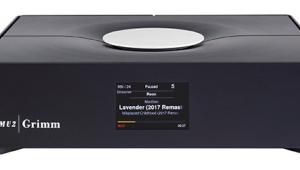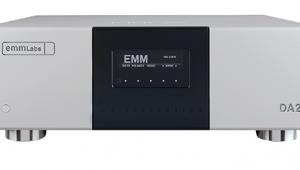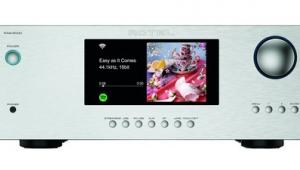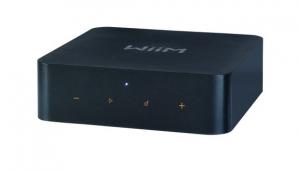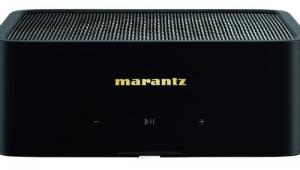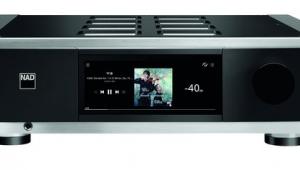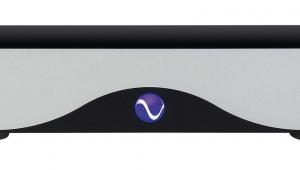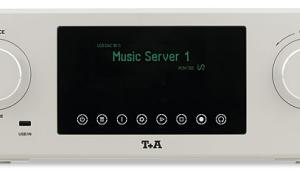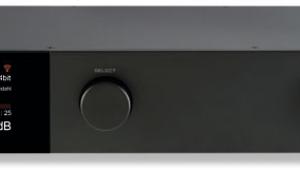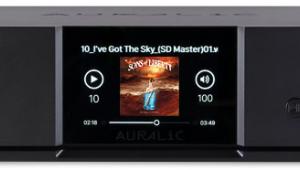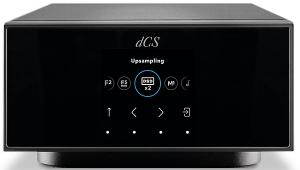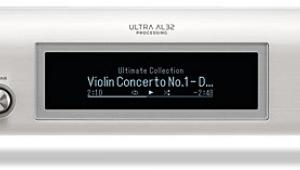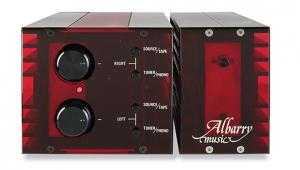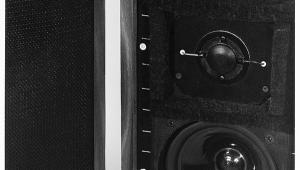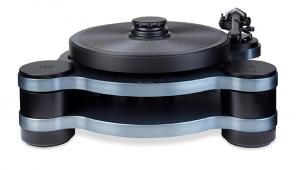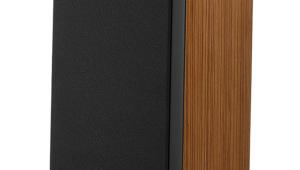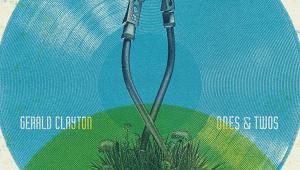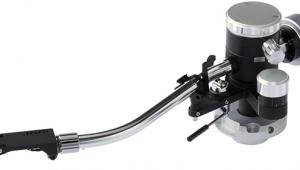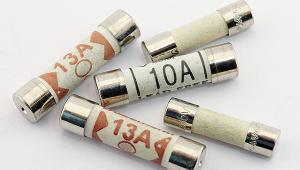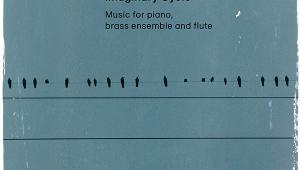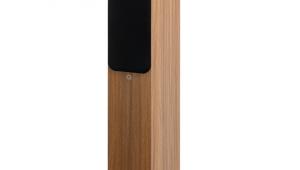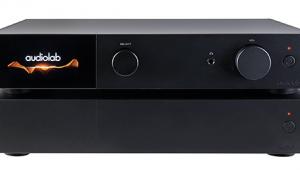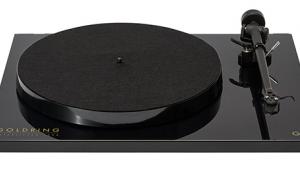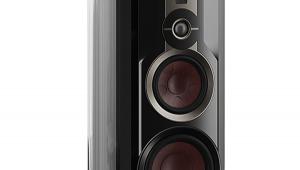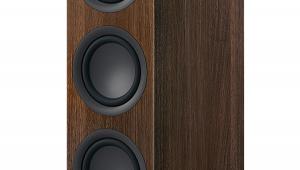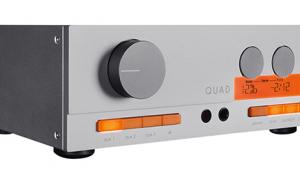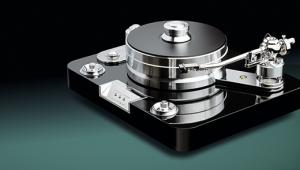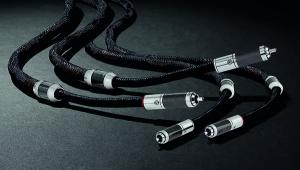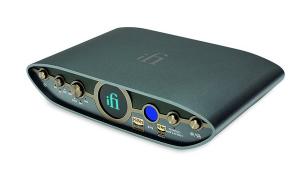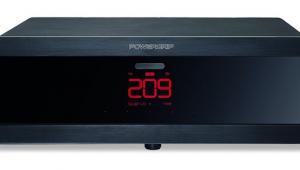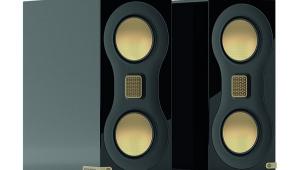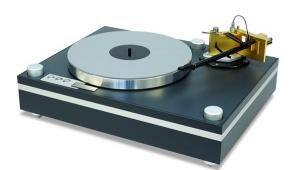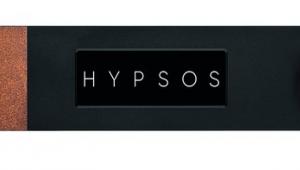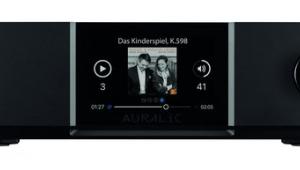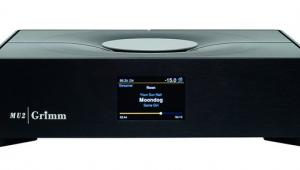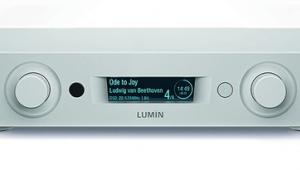HiFi Rose RS151 music library/streamer
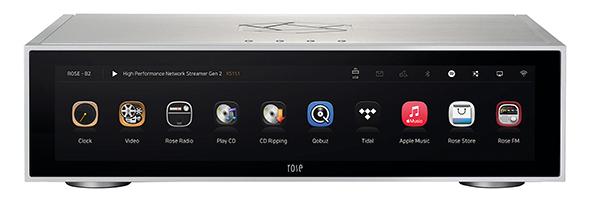

A rose by any other name is still a HiFi Rose? Well yes, it can appear that way: since it first arrived on the hi-fi scene, the Korean company has launched a head-spinning barrage of products, all of which can, at first glance, look rather similar. However, what’s been going on is a policy of expanding the appeal of the range upwards, downwards and outwards – the last, for example, by adding its own lineup of amplifiers – and introducing a programme of upgrades along the way.
The result is a network player range now starting (at least in the UK) with the £2349 RS250A [HFN Feb ’23], moving up through the RS520 [HFN Jan ’23] – at £3349 complete with built-in amplification – and topping out with the RS130 ‘Ultimate Network Transport’ [HFN Oct ’23] and the RS151 we have here, at £4299 apiece.
System hub
That makes the RS151, available in black or silver, the current flagship network player/DAC, and while the price is high in HiFi Rose terms, it’s a fraction of the cost of range-toppers from some longer-established brands in the network audio scene. Of course, it, and everyone else, also now faces competition from below in the form of Chinese brands such as Eversolo [HFN May ’25], which is doing the same trick of entering the market with highly affordable products, then diversifying upwards.
Much about the RS151 will be familiar to HFN readers, from the full-width HD touchscreen display to the multiple inputs, both digital and analogue, as well as the network audio capabilities. Clearly the company sees this as more of a system hub, rather than merely a network player. As well as those multiple inputs, extending to HDMI eARC for TV sound as well as accommodating conventional audio sources, the RS151 offers variable preamp outputs, allowing it to be used straight into power amps or active loudspeakers, and can be fitted with SSD storage of up to 4TB, allowing it to store and play music onboard. That’s in addition to its network and local playback, via Ethernet and USB ports, and you can even connect a USB disc drive to rip CDs straight into internal storage – the fitting of which will take you all of five minutes – or USB-connected drives of up to 10TB.
On the clock
So, what’s new here? What sets this model apart from the RS150/RS150B [HFN Jun ’21] it replaces in the lineup? Well, most obviously that Full HD display is now wider at 15.4in/39cm, and there’s a new control app, called Rose Connect Premium, which allows full control of all the functions of the unit [see boxout]. This is a comprehensive app albeit one that still felt like something of a work in progress, but I am sure the bugs will be ironed out in fairly short order. There’s also a conventional remote handset [see below], but control is still smoother and more versatile via the touchscreen or app.
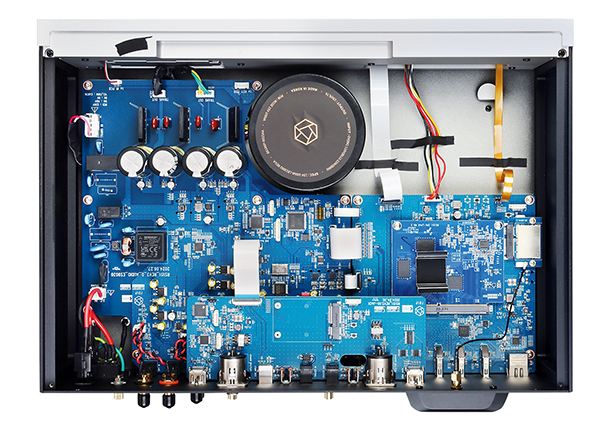
Above: PSU [top left] feeds separately regulated supplies for Octa-core RK3588 CPU and ARM Mali-G610 GPU [right], the Qualcomm BT module [far right], XMOS microprocessor, and ES9039SPRO DAC-based balanced audio output stage [bottom centre]
At the heart of the RS151 is technology derived from the company’s RD160 DAC [HFN Jan ’25], including its proprietary ‘Digital Processing Core’ or DPC. This uses a high-precision clock to synchronise and maintain all incoming digital audio data in I2S format, all in a separate section kept away from the CPU circuitry and the DAC/analogue section. There’s also the option of upscaling all digital signals to a maximum of DSD512 before they hit the main digital-to-analogue conversion, which is in the hands of an eight-channel ES9039SPRO DAC chip.
Analogue and digital signal paths are kept apart, and the analogue stage uses the company’s ‘Noise Reduction Analogue’ filter, said to ‘further eliminate noise and deliver an [see PM's Lab Report]. The upgraded Octa Core RK3588 CPU running the whole unit, on a customised version of Android 12, is claimed to deliver four times the data processing performance and eight times the graphics performance of anything HiFi Rose has employed before, while providing support for very large music libraries of up to a million tracks.
Even the Bluetooth capability has been enhanced, with a new external module and antenna housed in a ‘lozenge’ on the RS151’s rear panel, this supporting BT v5.4 via a new Qualcomm chipset. True, not many buyers will be choosing a unit at this price point to stream music from their smartphone, but the ability to do so is there. In addition, the player is Roon Ready, and supports AirPlay, DLNA/UPnP, Qobuz, Spotify Connect, Tidal, Apple Music, ROSE Tube and Internet radio.
![]() Ready for anything
Ready for anything
Connected to my usual Naim/PMC reference system, the RS151 was used in a variety of ways: playing from the SSD I’d inserted and from network storage; streaming from online services including Qobuz, Tidal and Internet radio; as a DAC fed from an external transport; and as a Roon endpoint. And it didn’t take long to establish that the performance on offer was very even across all these use cases, with none offering any significant gains in either sound quality or usability.
Fortunately, that very consistent performance is best categorised as very good indeed, the RS151 delivering a sound that’s as packed with detail as it is musically involving, whether playing CD-quality streams or rips, or stretching things all the way up to DSD256 or 512 files, which are about as far as even ambitious users will push the format range.

Above: Wired/optical and wireless (via USB dongle) Ethernet inputs, are joined by coaxial and AES/EBU (to 384kHz/DSD128 DoP), optical (to 192kHz/DSD64 DoP), I2S/HDMI and USB-B (to 768kHz/DSD512) plus two USB-A ports for external media (an internal bay accommodates users’ own SSD/HDD hardware). RCA line ins are joined by RCA/XLR line outs, HDMI (video and I2S) outs, coax/opt outs and 12V trigger port
By any standards, this range-topper offers a level of performance sufficient to win it a place in many a high-end system, which at the price makes it a compelling buy. Okay, I may have prematurely announced the verdict, but I didn’t have to use the RS151 for long before I settled into protracted (and wide-ranging) listening sessions. Moreover, after a short period of reacquaintance with the way the Rose app works – on Windows and Macs as well as Android and iOS – I was not bothered by its operational foibles and simply enjoyed the way it plays music.
I found myself completely immersed in the recent remaster of Pink Floyd At Pompeii MCMLXXII [Legacy; 96kHz/24-bit download], transported back to seeing the live film in a cinema some 50 years ago, except now the refreshed sound had real punch and slam through the RS151, plus sensational impact. Before long my Naim NAP250 DR [HFN Dec ’15] was driving the speakers to silly levels and I was having an absolute blast, enjoying every detail of the sound, from the chunky, extended bass to the scream of the guitars and the sting of the cymbals. What had seemed somewhat dated and nostalgic on other listenings was suddenly fresh and impactful again, aided by the crisp remastering and the forthright yet refined sound of the player. ‘Set The Controls For The Heart Of The Sun’ was suitably trippy and mesmeric.
Rose to the occasion
Going to an opposite extreme, the new release of the complete Brahms symphonies from the Royal Concertgebouw Orchestra under Sir John Eliot Gardiner [DG 192kHz/24-bit download] is the perfect material for the wide frequency and dynamic ranges of the RS151. Here it delivered the opening movement of the first with realistic power and delicious levels of insight, and then flowed through the development of the work, right to the stately theme of the final movement.
And for all one could say about the technical niceties of the sound, from that powerful, clean bass right to an open but tightly controlled treble, what really appeals about the sound of HiFi Rose’s RS151 is the sheer ease of listening. This player instantly makes one forget any shortcomings of the recording. It just sounds right.
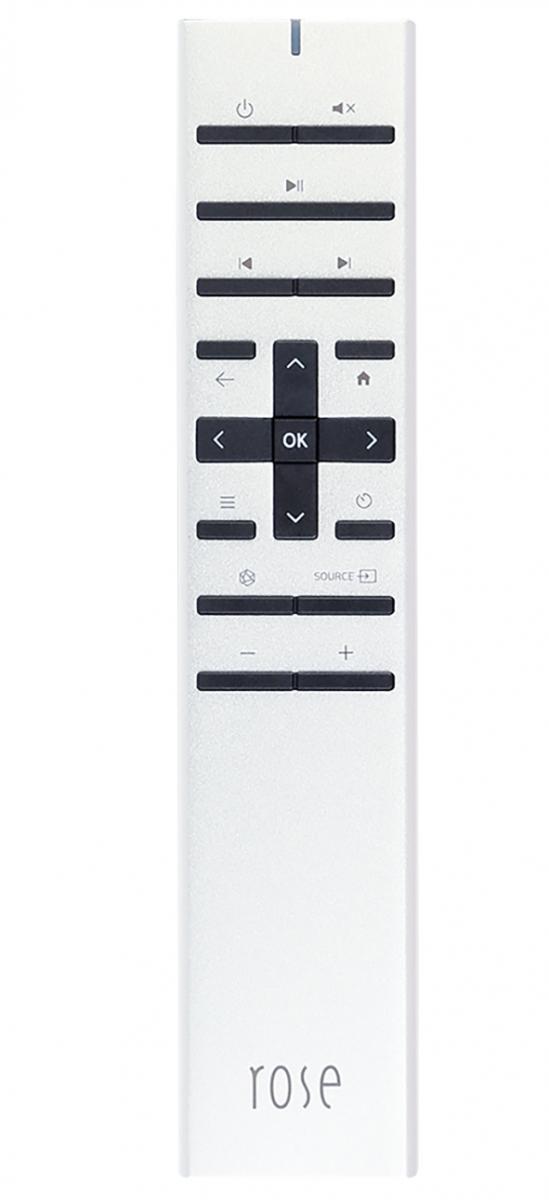
Above: Although the RS151 can be accessed via the Rose Control app, this handset also offers comprehensive control, with operations navigated via the large colour display
Even with a less than stellar recording, such as Sting’s 3.0 Live set [via Tidal; 48kHz/16-bit], the RS151 did a fine job of bringing out the – admittedly somewhat affected – exuberance of the performance. Yes, the call-and-response schtick can get a bit wearing at times – see the version of ‘Englishman In New York’ with its interminable ‘woah-ohs’ coaxed out of the audience – and the whole balance is dense enough to have one craving the freshness of The Police originals. The band here, recorded in LA, is tight enough, something the RS151 brought out well, but it lacks the spirit and snarl of the original Sumner/Summers/Copeland lineup. Oh well, back to the 2003 remaster of Reggatta De Blanc, also Tidal-streamed, and as this HiFi Rose player slams out the opening bars of ‘Message In A Bottle’, normality is restored!
The right stuff
It’s always a good sign when my listening for a review moves swiftly on from the tried and trusted ‘test tracks’ I keep to hand, and into a much more enjoyable series of sessions of just listening to ‘stuff’, made simple by a packed server and access to hi-res streaming services. That’s just how it was with the RS151, meaning it got all the basics right in very short order, and had me wandering the digital libraries sampling music old and new. As the brand is now firmly established, this is clearly a network player to be taken very seriously – or with which to have a whole load of fun.
HI-FI News Verdict
The upgrades are incremental, but they have moved the RS151’s performance on substantially – sufficiently, in fact, to merit unreserved recommendation. It’s no longer a case of being good enough if the budget can’t stretch to a top-name network player: add £200 or so for 4TB of storage, slot it into the player, and you have a complete digital music solution with a sound to match many costlier rivals.
Sound Quality: 87%

